Introduction: Rosé wine
You will find a large selection of excellent rosé wines in our online store. Our range also includes numerous white wines, red wines and sparkling wines. Lovers of high-proof spirits will also find an exquisite selection of digestifs in the store.
If you are looking for a gift, we recommend the various tasting boxes from our gift service, for example, or a gift voucher, which gives the recipient a free choice in our online store.
The most important facts at a glance
Until the turn of the millennium, rosé wine was merely a niche product with considerable image and sales problems. Wine lovers either drank red wine or white wine. In one camp, rosé wine was considered too light and not strong enough and in the other camp, it was not popular because rosé lacked effervescence.
Rosé or Rosado, as this wine is called in Spain, began its triumphal march in the south of France on the Côte d’Azur, where the haute volée discovered it as a real alternative to Champagne. In addition to the skill of the winegrowers, its success was undoubtedly helped by the actor couple Angelina Jolie and Brad Pitt with the producer family Perrin, who make an outstanding rosé with the Miraval.
After consumption has risen by more than 30 percent in the last 15 years, over 2.5 billion liters of the wine are now produced worldwide. This means that rosé wine, which is still very much in vogue and is drunk in both summer and winter, has a market share of 10 percent (not including sparkling wine), with France being the largest producer.
Rosé wine is made exclusively from dark grapes and pressed in a light color. The intensity of the wine’s color is largely determined by the selected grape variety and even more so by the chosen production method. There are three of these: direct pressing, maceration and the saignée method.
Origin, provenance and significance of rosé wines
It may come as a surprise, but rosé wine is not a modern invention. Rather, it can be traced back to antiquity – even though there is hardly any literature on the history of rosé wine. Back then, it was already consumed with great enthusiasm as vinum clarum (clarified red wine). And in France, too, clairet (translated as “clear”, for the wine from Bordeaux. It was called clairet because it was comparatively lighter and brighter than the powerful, dark wines from Portugal and Spain at the time) for many centuries and can therefore at least be considered the forerunner of today’s rosé wine.
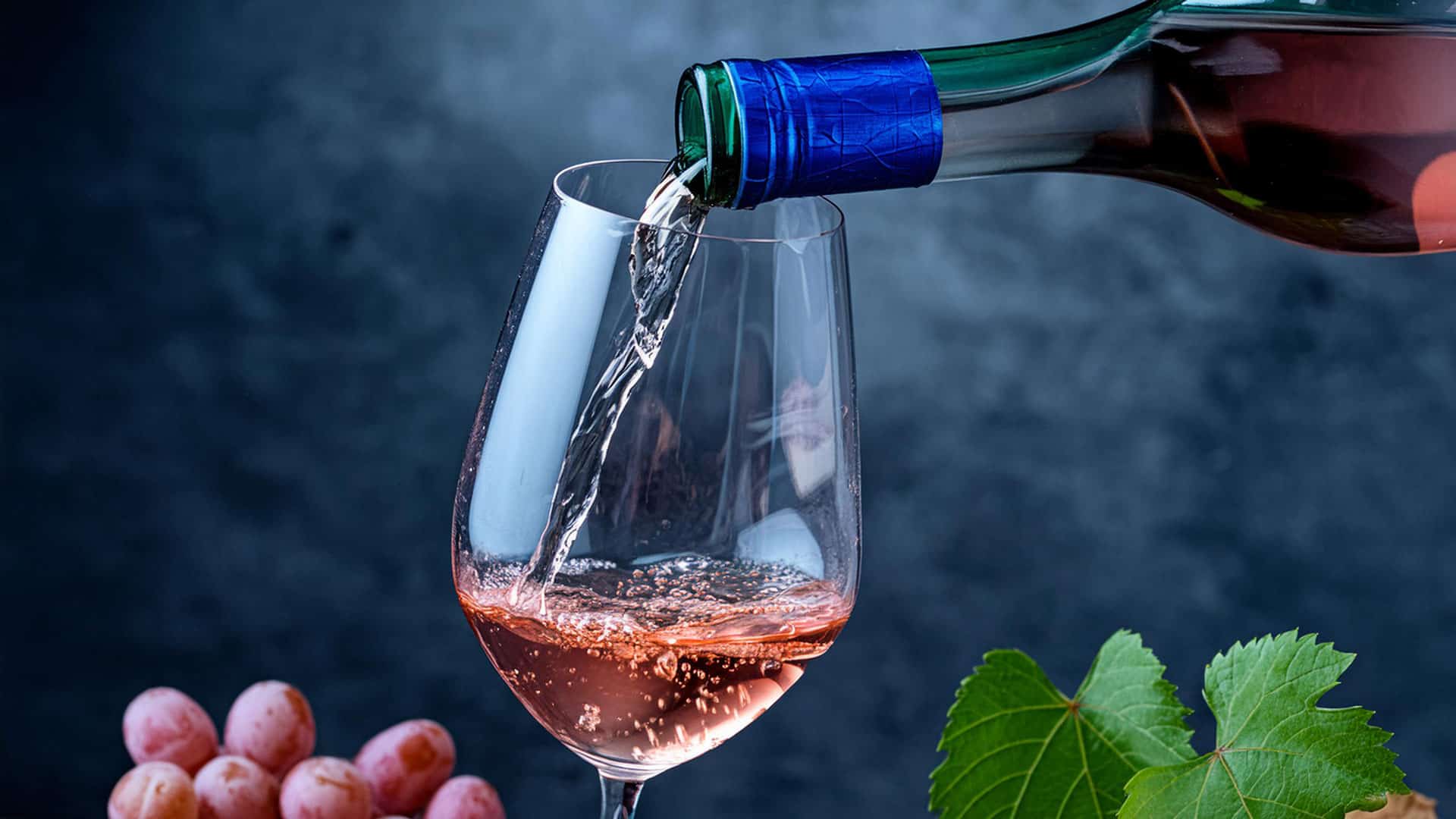
In 1860, the first written proof of the existence of rosé wine was provided when the French scientist Jules Guyot was instructed by none other than Napoleon III to technically distinguish between rosé wine and red wine.
Rosé wine then experienced its first great rise again in France. It was in 1936, with the start of paid vacations and the construction of the 1,000 km long RN connecting Paris to the Mediterranean, that the French flocked to Provence and the southern French coast to enjoy their summer vacations and refine them with a glass or two of rosé.

Not least due to the phylloxera crisis, rosé disappeared from the wine scene. Considered half-silky, a ladies’ wine and a bastard between red and white wine, rosé eked out a stepmotherly existence for many decades in countries such as France, Spain, Germany and Italy.
For the red wine drinkers, the wine was simply not strong enough and too light, while the white wine lovers found it lacking in liveliness and freshness.
The wines were considered inferior and too sweet, which was of course an absolute prejudice and cliché that persisted until the turn of the millennium. Then came the great revival.
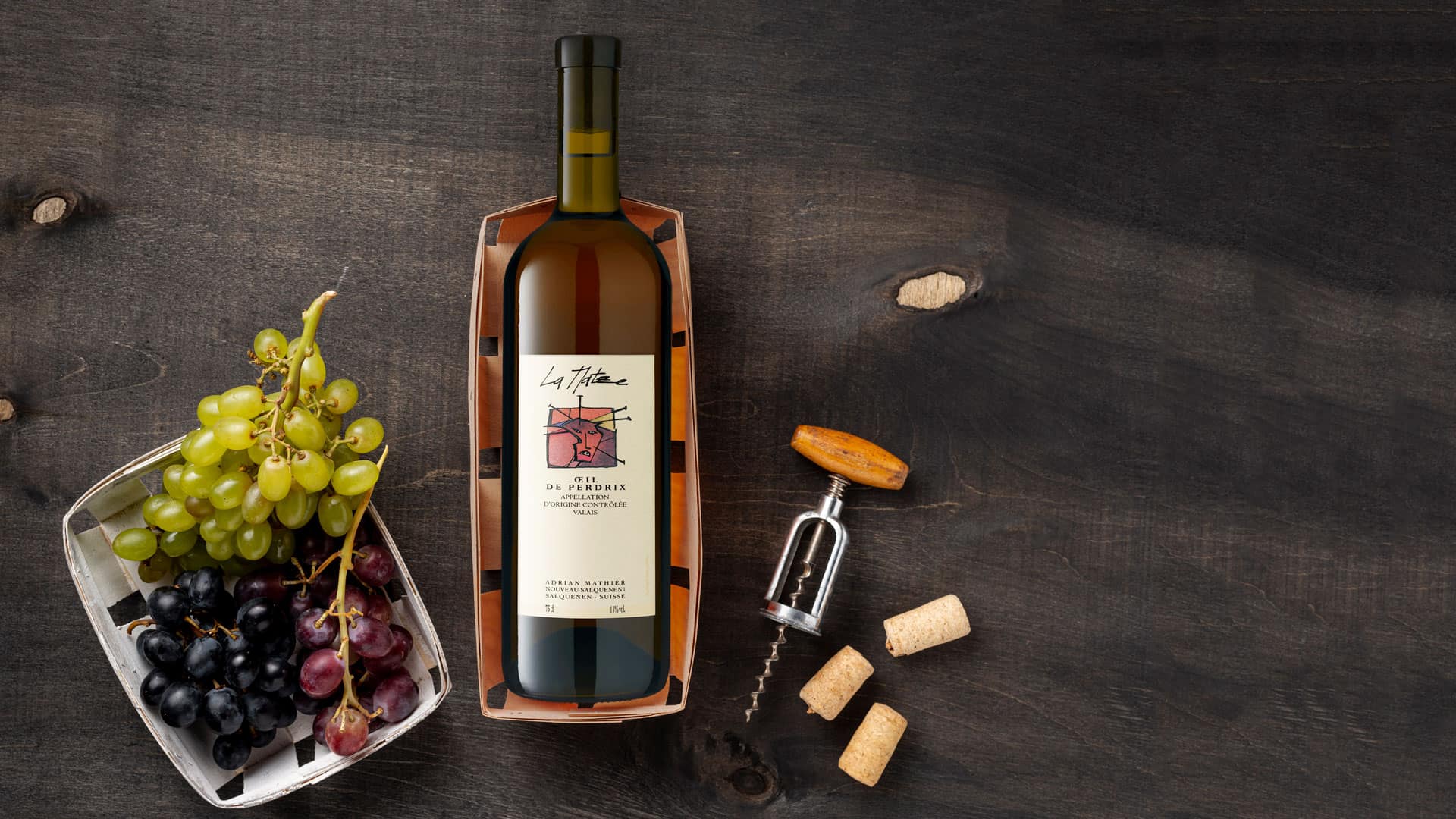
The rich and beautiful of the world, who regularly frequented the Côte d’Azur in Provence, increasingly served rosé. Rosé wine gradually replaced champagne, probably also because it became socially acceptable with the help of Brad Pitt and Angelina Jolie. They have one of the world’s best rosés, Miraval, made by the Perrin family of winegrowers, who are among the crème de la crème of winegrowers in the Châteauneuf du Pape region with their Château Beaucastel.
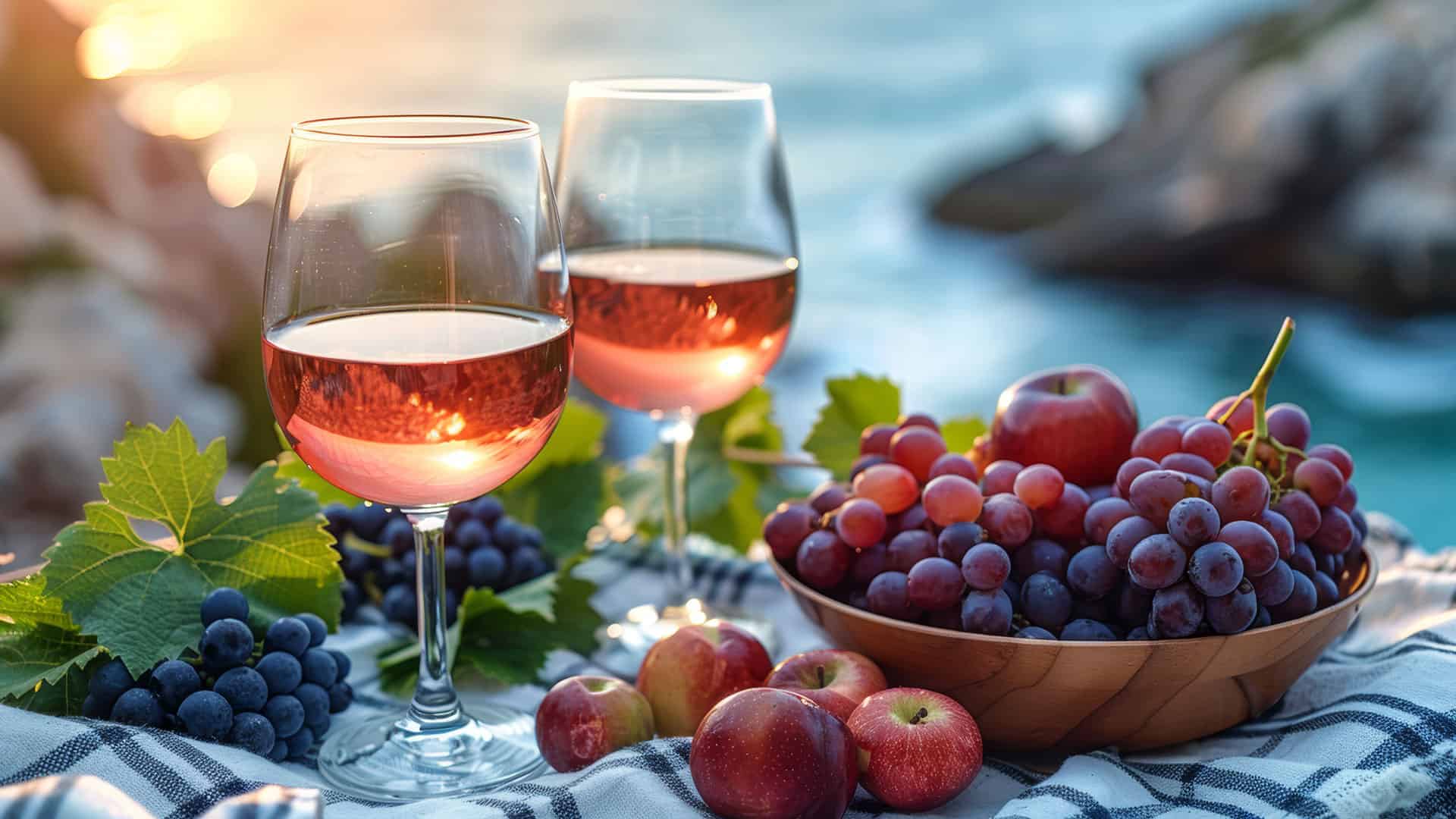
Today, 2.57 billion liters of rosé wine are produced in vineyards, châteaux, bodegas and wineries around the world. Rosé is no longer just for summer evenings or as a terrace wine. Many of these rose-colored products have already been awarded ratings above 90 points and there is – thankfully – no end in sight to the trend for these fresh and fruity wines.

The production of rosé wine
The maceration
During fermentation, color, fruit aromas and tannins are extracted from the grape skin and pulp. The juice of the crushed grapes acts as a solvent. This process is called maceration or maceration time.
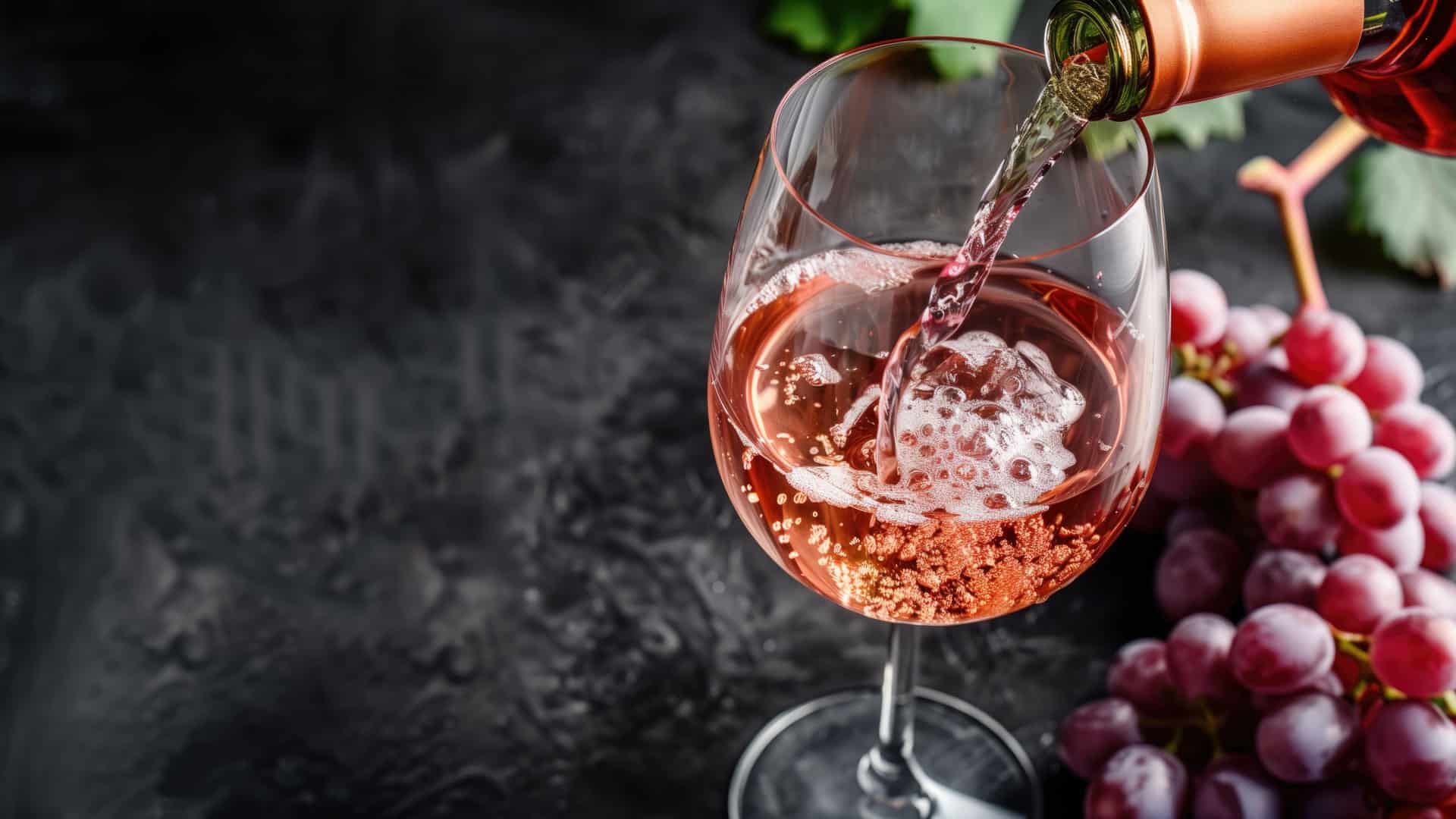
When making rosé wine, maceration only takes a few hours, sometimes even just a few minutes. This depends on the desired style, as the longer the wine is left on the skins, the more colorants are released from the grape skins, making the wine not only darker, but also more intense in taste.
After standing, the rosé wine is racked and fermented like a white wine.
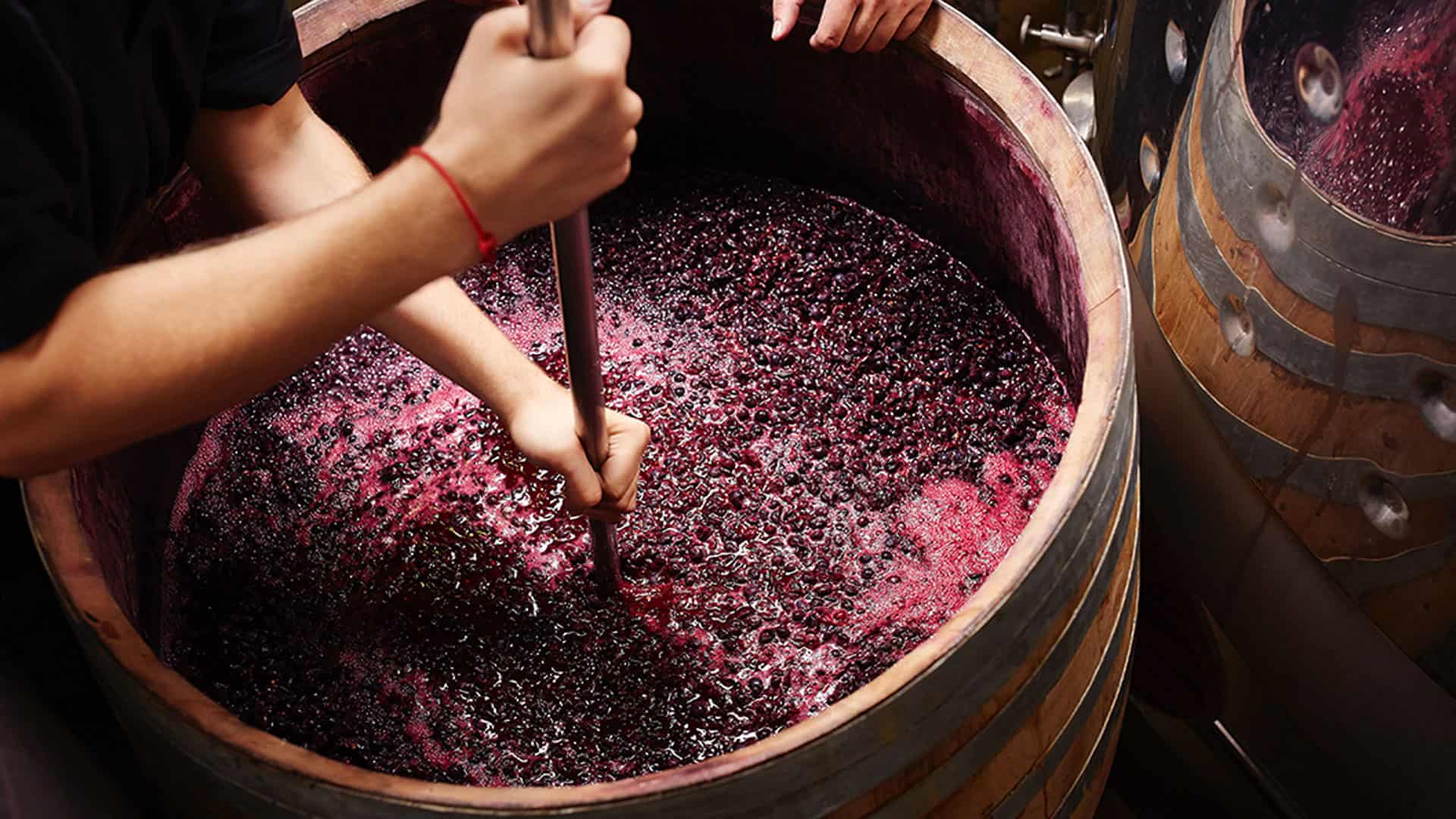
The Saignée method
The saignée process is another classic method for producing rosé wines. The word saignée comes from the French and can be translated as “bloodletting” or “bleeding”.
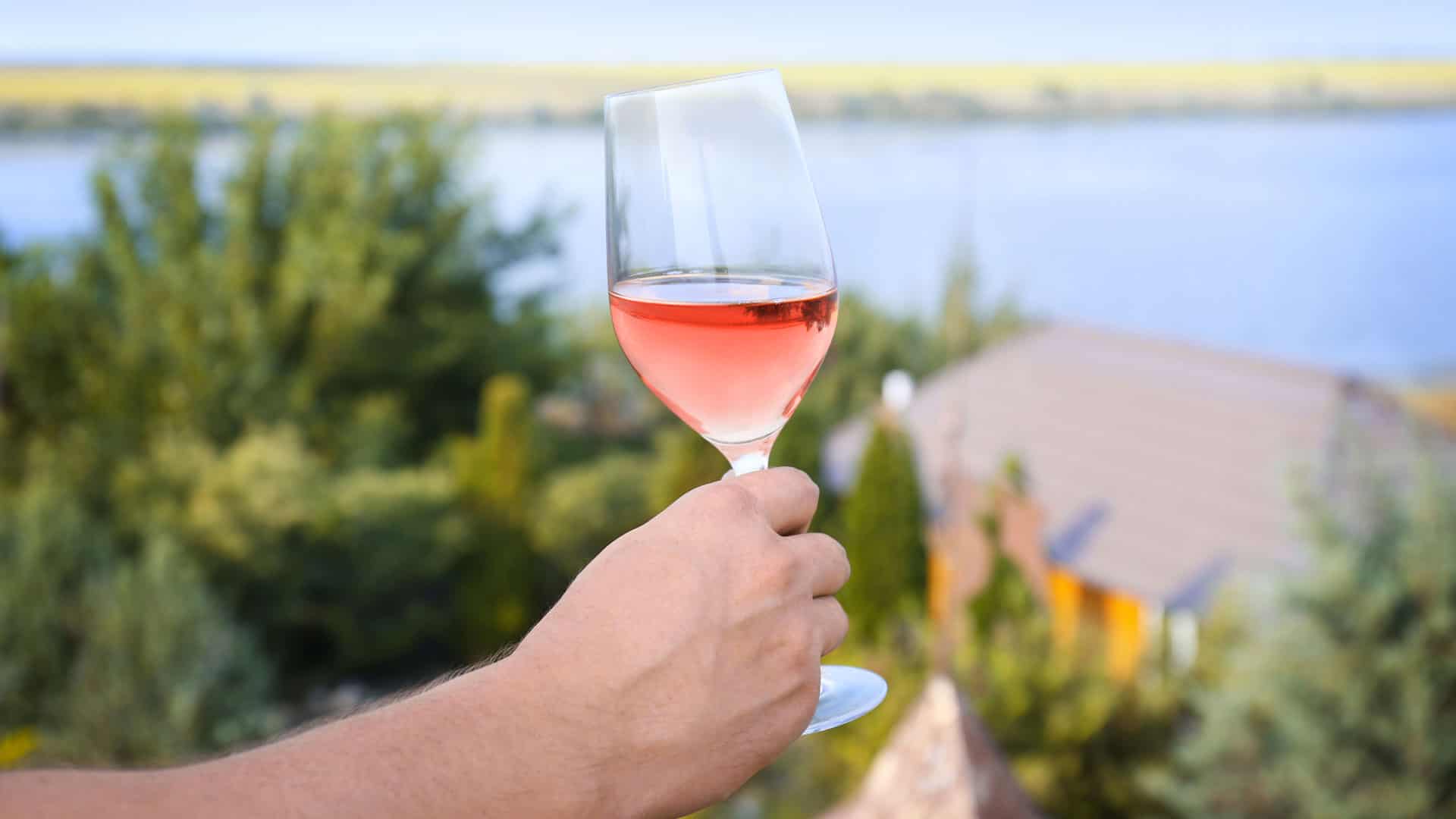
In this process, the grapes are crushed after the stems have been removed and placed in a container, where the grape juice is pressed out of the berries under their own natural weight. In contrast to maceration, however, the juice does not remain in the container but flows directly into a second container where the must is fermented.
After the grape harvest, the grapes are crushed and placed in a container. The weight of the grapes squeezes the juice out of the berries. However, in contrast to the process with a maceration period, the juice flows directly from the container into a second container in which the juice is fermented.
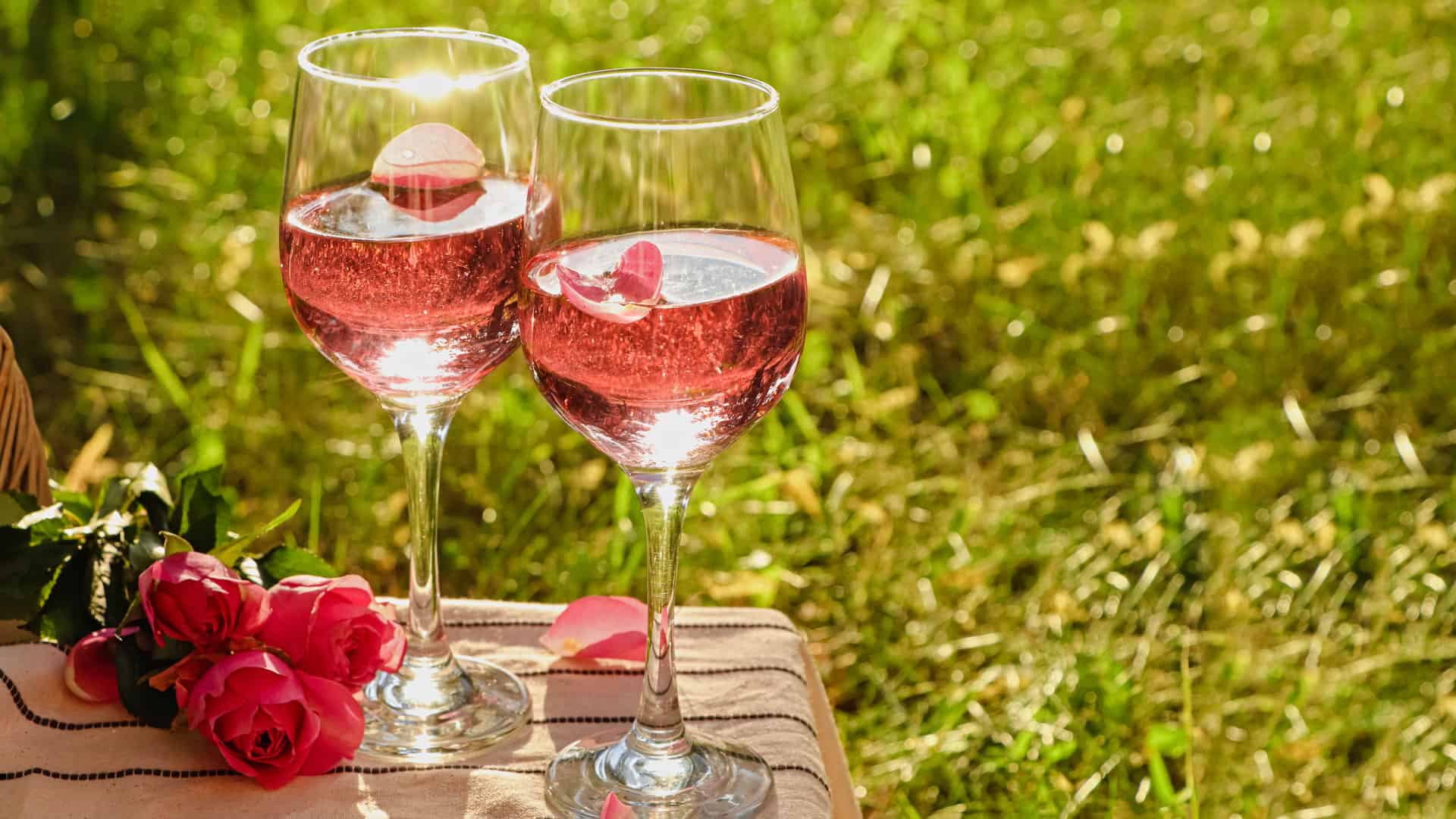
The fact that the winemaker usually only allows 10 to 20 percent of the total juice to flow out means that two wines are produced at the same time when making rosé wine.
On the one hand, a rosé wine which, depending on the length of maceration, can range from soft pink and mildly fruity to strong red and intensely fruity and is intended for direct consumption. The rosé (or rosado) is then stabilized and matured and stored mainly in stainless steel tanks.
On the other hand, a strong red wine is made from the more concentrated mash, which only comes into contact with 80 to 90 % of the actual grape juice.
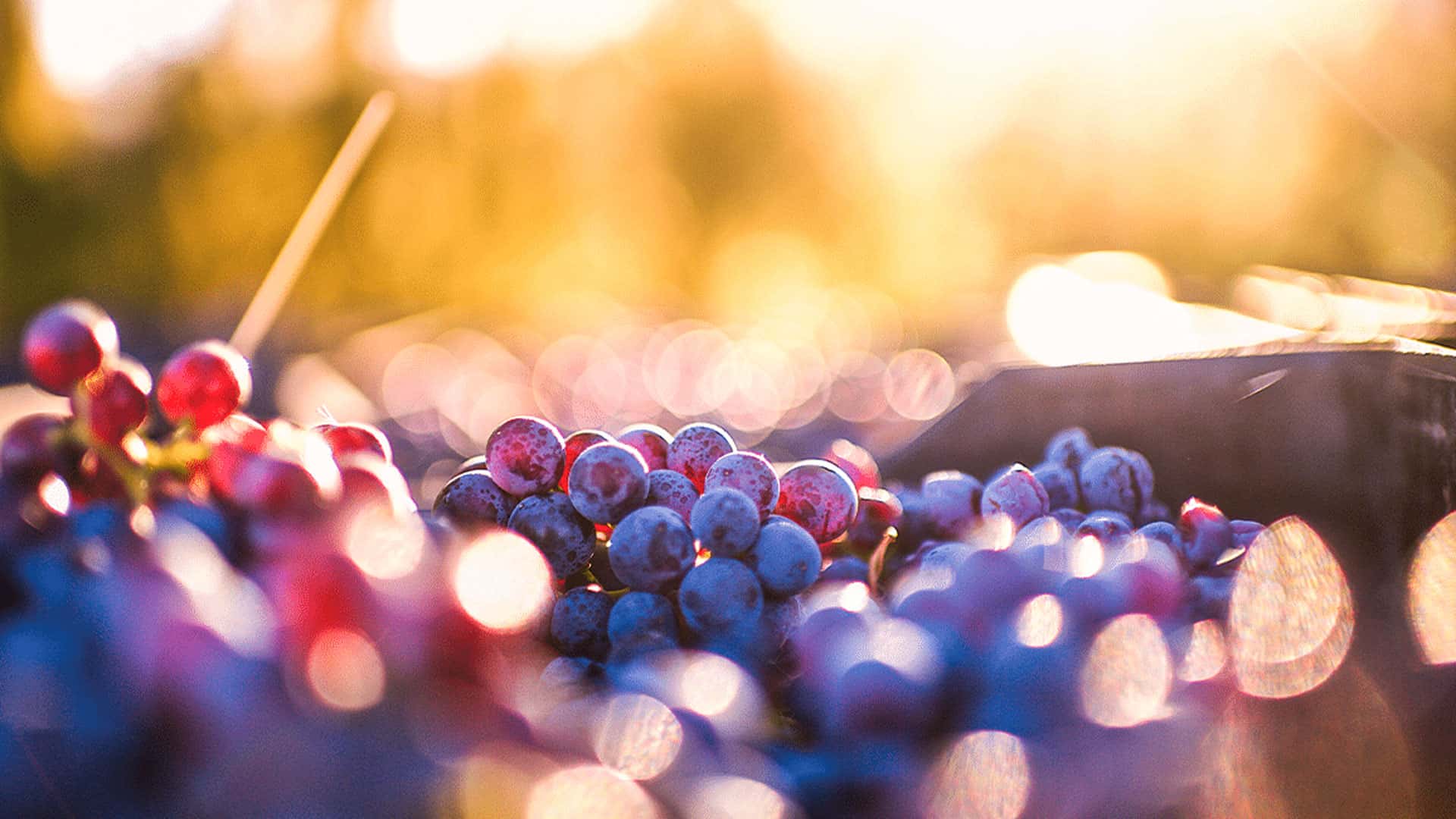
Direct pressing
Direct pressing involves a treatment of the dark grapes that is very similar to the fermentation process of white grapes. The grapes are first crushed and then immediately pressed.
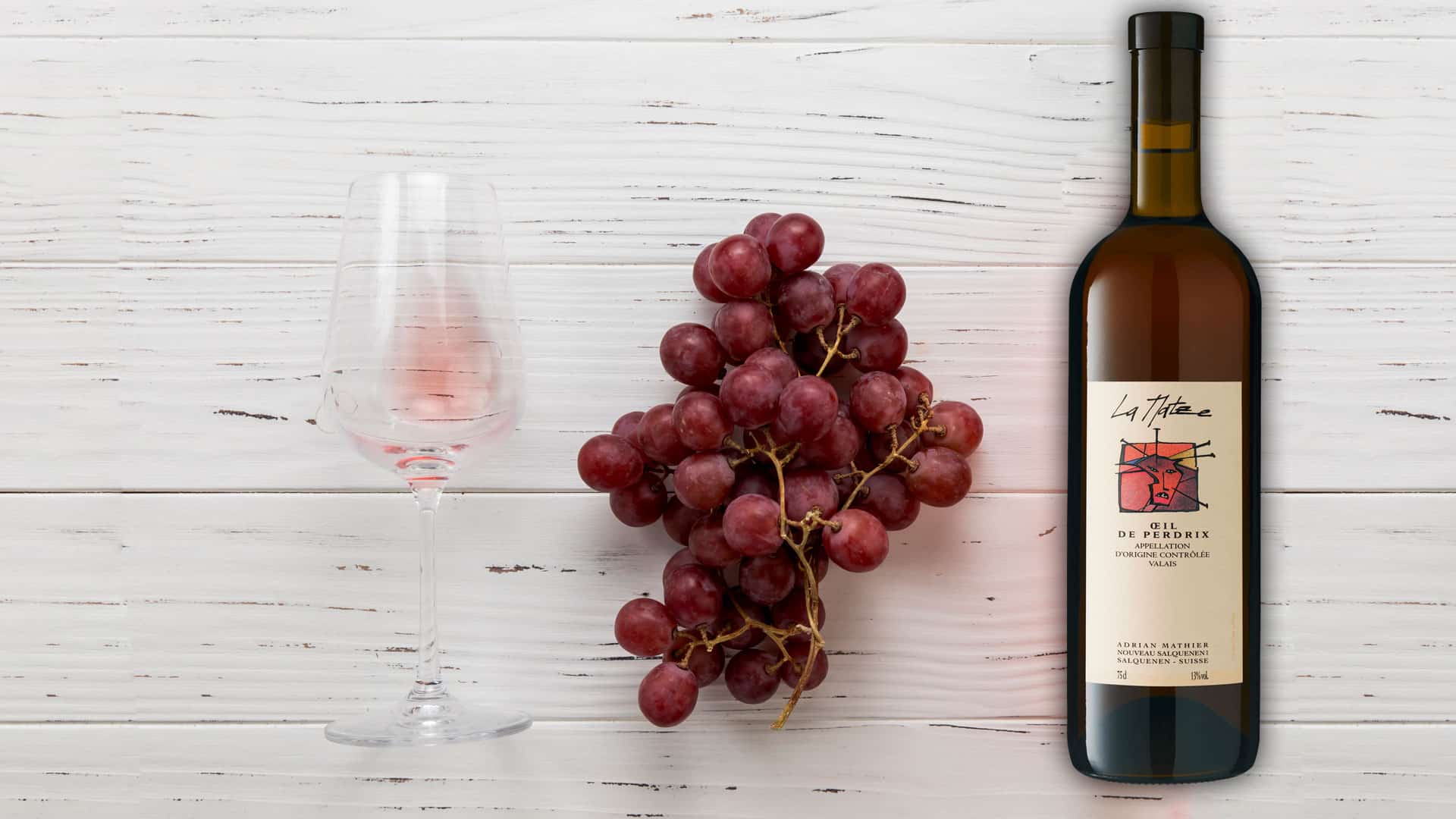
Depending on the type and intensity of pressing, the result is an almost completely clear juice, as hardly any colorants are pressed out of the grape skins. This wine is also known in the wine world as Blanc de Noir, or a very light rosé.
Cool fermentation as a guarantee for expressive fruit
Cool fermentation is often used in the production of this type of rosé wine, which preserves or even enhances the crisp, fresh aromas of the berries. The berries for this type of rosé wine are also harvested early to preserve the freshness of the wine.
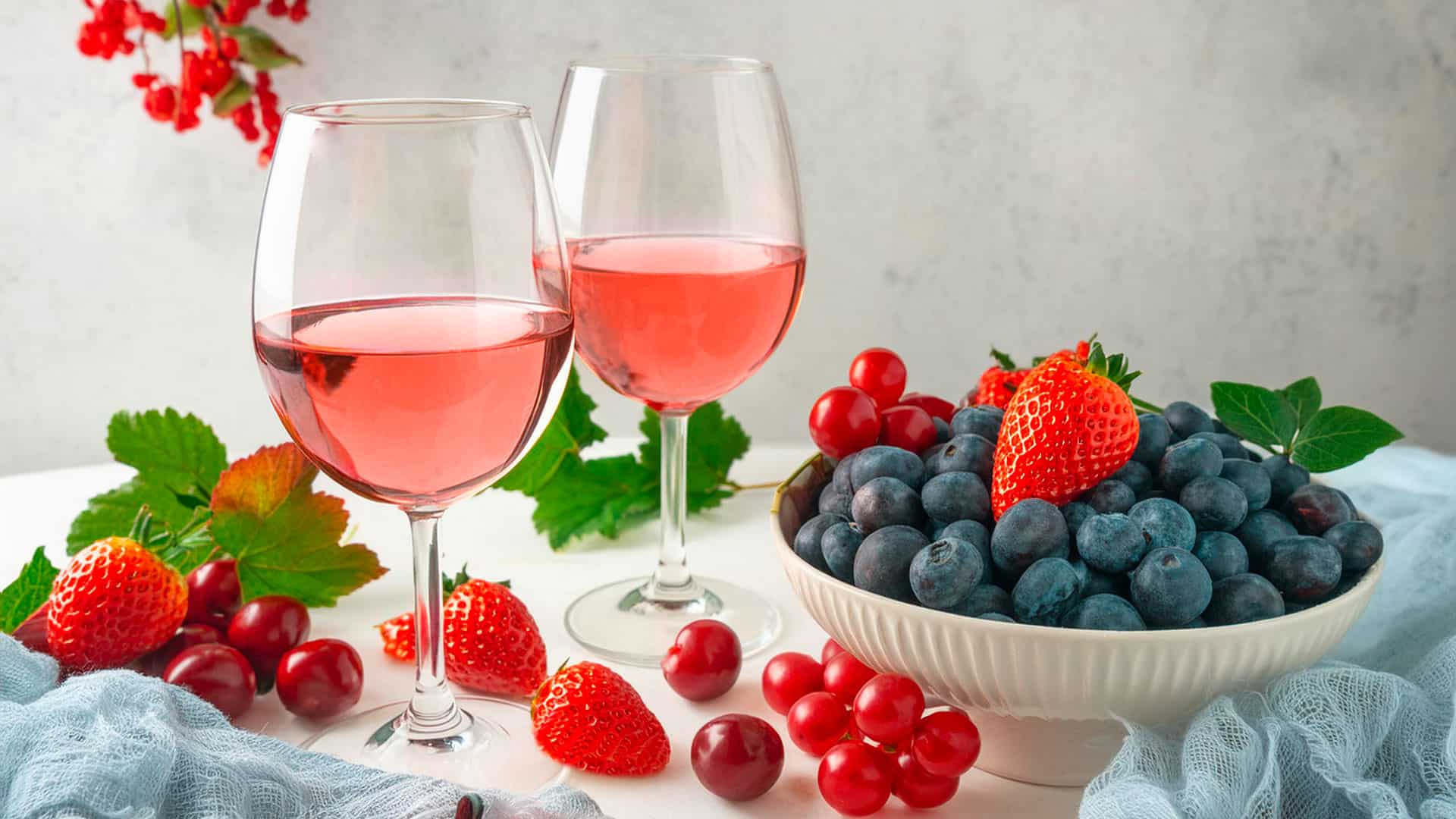
Rosé wine and food: The best combinations
With so many rosé wines available today, it is difficult to satisfy every taste. But whether you choose a rosé wine from Provence, Languedoc Roussillon, Italian Vermentino, Sardinia, overseas or from the Valais in Switzerland, there is a rosé to suit every taste. The rosés of this world are all an extremely pleasant and refreshing addition to white and red wines.
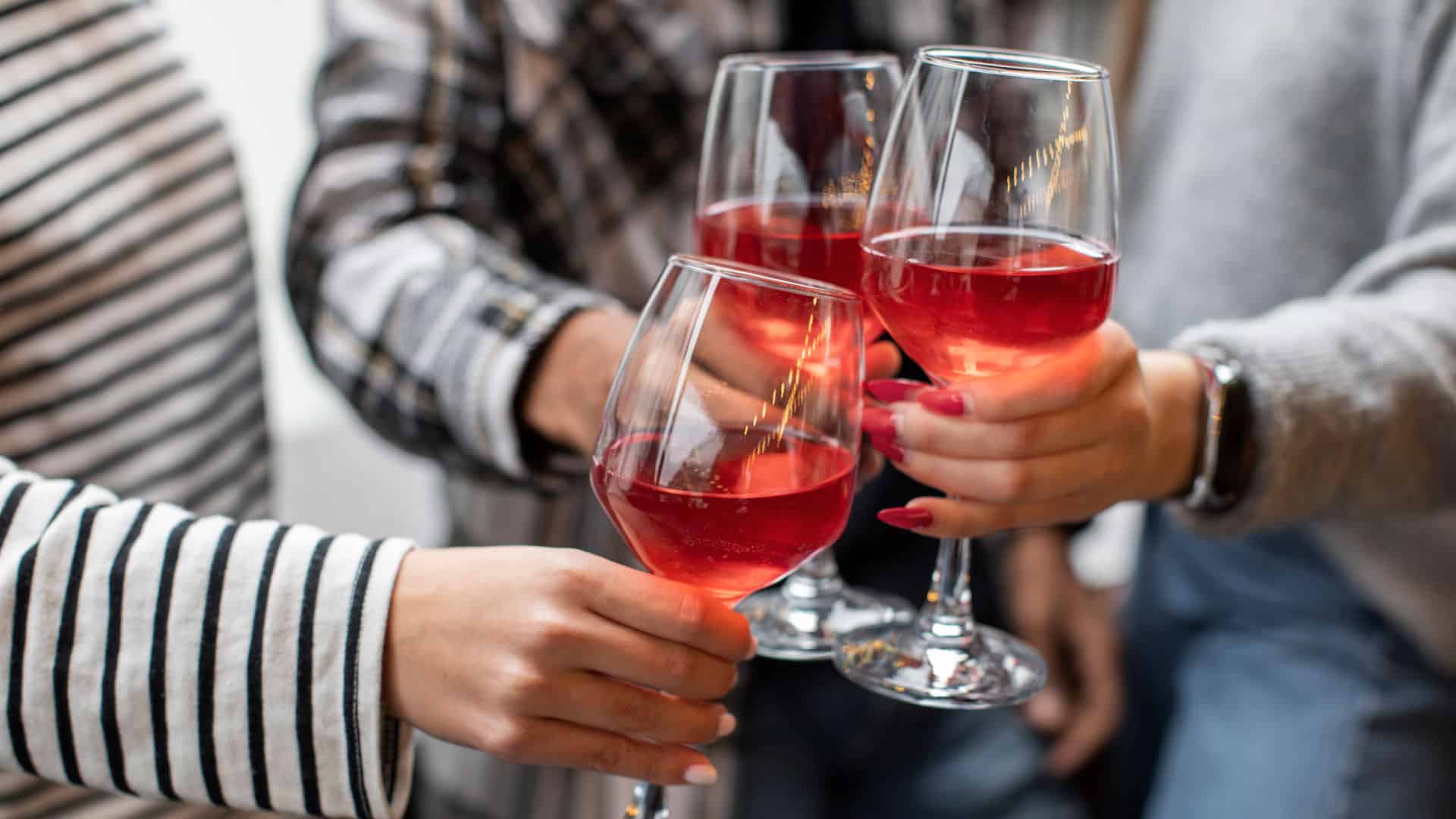
They are an excellent accompaniment to fish, shellfish and seafood, chicken and vegetables, as well as for warm summer evenings on the terrace or as an aperitif.
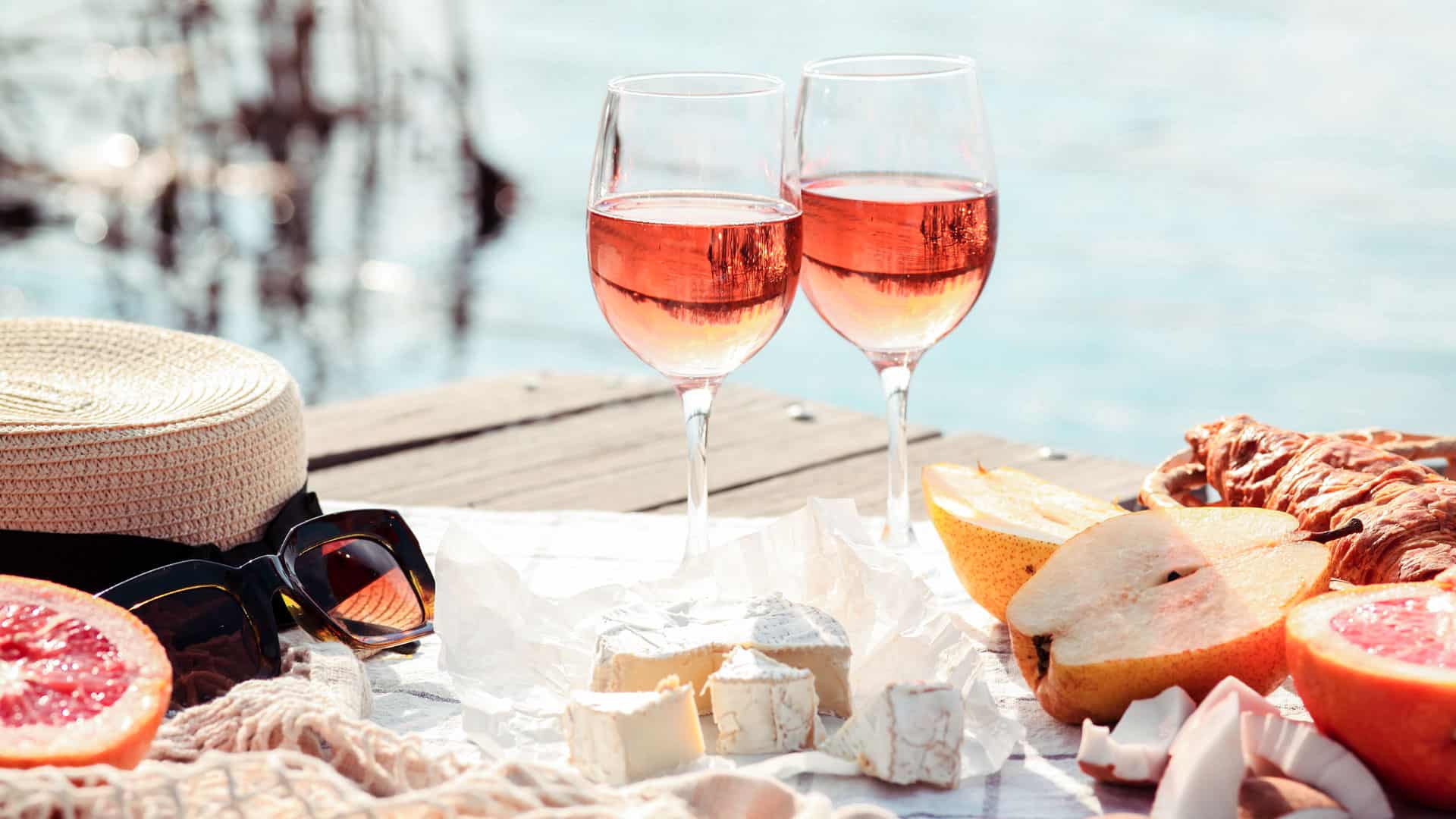
Serving and storing rosé
When do you drink rosé?
Rosé wines are generally very versatile. For many consumers, it is the epitome of summer. Yet these refreshing companions are a real treat at any time of year. With light dishes, as an aperitif or simply when you want to enjoy life to the full and celebrate with friends and family.

Which glasses for rosé?
As rosé wine has a light but more expressive flavor, it is best to choose a glass with a wide, flat base and a narrow opening. This allows the aromas of the wine to be perceived particularly well before the first sip. A suitable rosé wine glass could be a Bordeaux glass, for example.
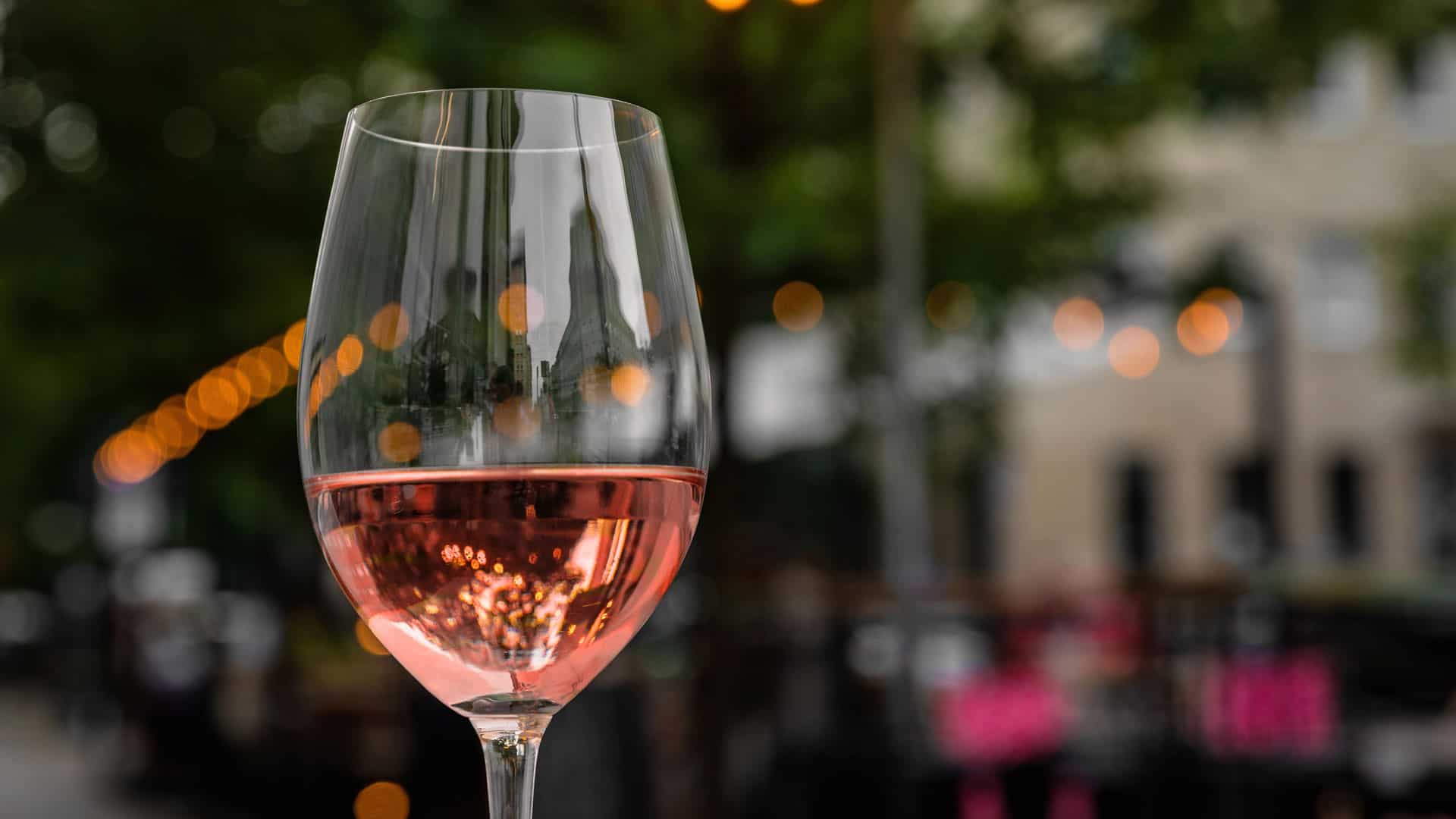
How is rosé served correctly?
In order for rosé wines to develop their full potential, it is not only advisable to use the right glass. You should also serve your rosé wine well chilled, generally at a temperature of 8 to 10 °C, so that it can develop its full potential.
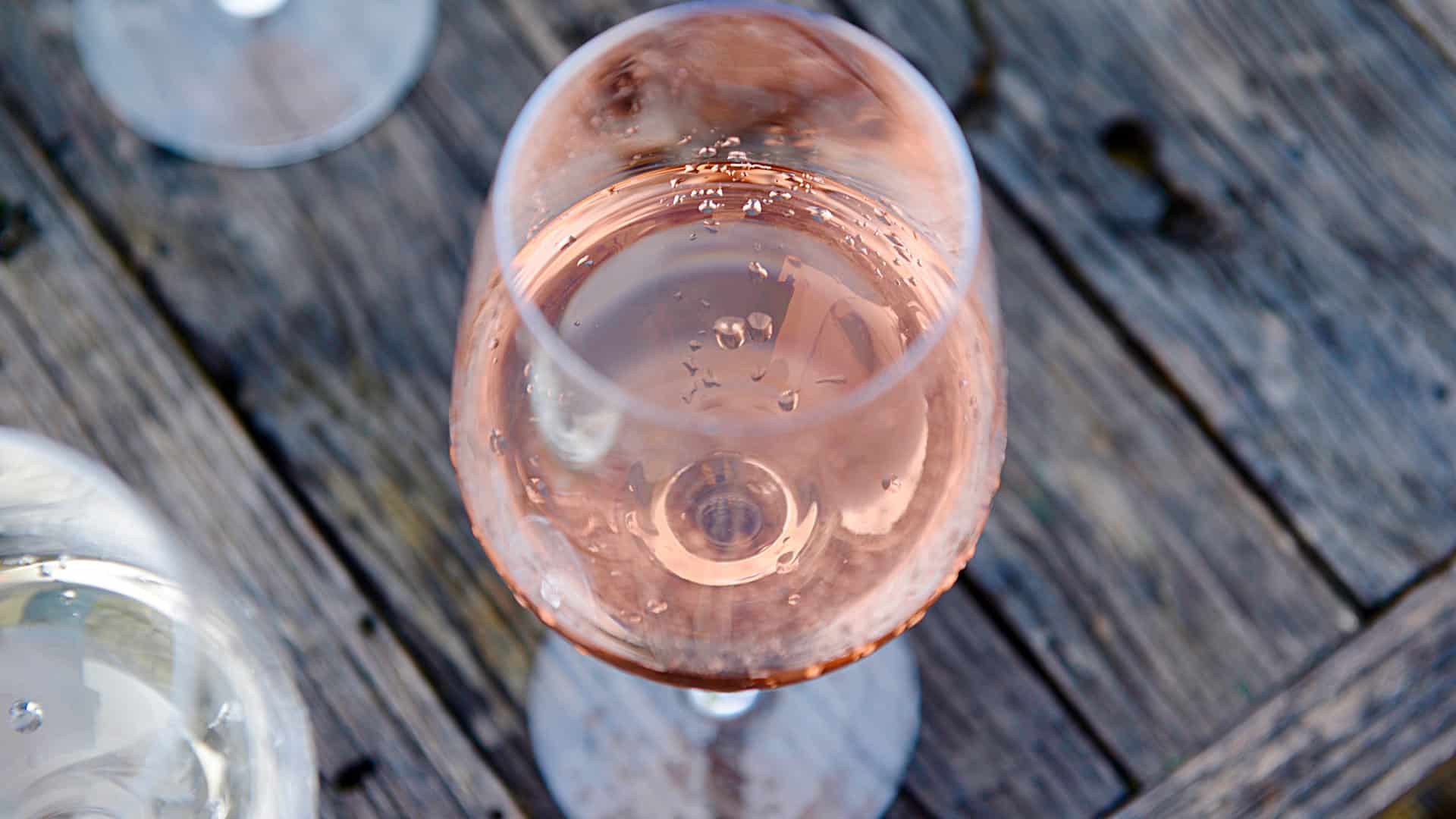
How long does a rosé keep after opening?
Whether rosé wine from France or rosé wine from Switzerland, to get the best out of your open bottle, you should enjoy the rosé wine within 2-4 days. Don’t forget to store the opened bottle in a cool place afterwards.
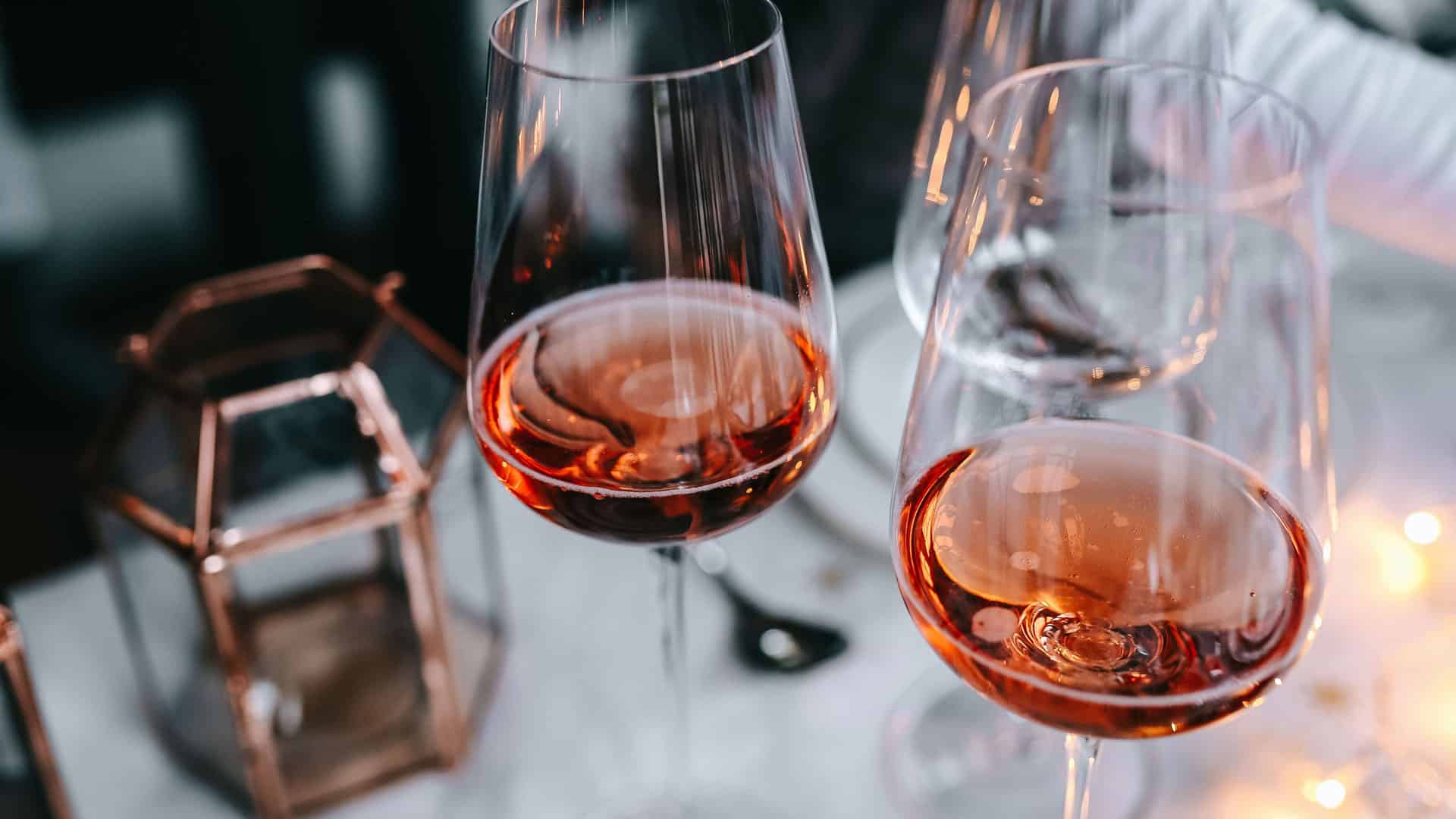
Interesting facts about rosé wines
Here is an overview of important facts about rosé wines.
Is a rosé a red wine?
What is rosé wine? Rosé, often simply referred to as rosé, is made from red wine grapes. Although the flesh of these grapes is colorless, similar to white wine grapes, rosé gets its characteristic color from the red pigments in the skins of the red wine grapes.
What is the difference between rosé and white wine?
In contrast to rosé, Weissherbst may only be made from a single grape variety. Rosé is an umbrella term for wines made from red wine grapes, which are pressed in a similar way to white wine. The red berries also have a colorless fruit juice.
How do you drink rosé wine?
It makes sense to enjoy rosé wines chilled at a temperature of 10° to 14° C – the stronger the wine, the higher the temperature. They should not be served too cold, otherwise, like white wines, they will not develop their aromas. But not too warm either, otherwise the alcohol smell and taste will be too strong.
Which grape varieties are rosé?
- Cabernet Franc.
- Cinsault.
- Clairette.
- Gamay.
- Grenache (Garnacha, Aragón, Aragoinais)
- Lemberger (Blaufränkisch, Blauer Lemberger)
- Merlot.
- Mourvèdre.
- Tempranillo.
- Sangiovese.
What rosé wines are available?
- Pinot Noir.
- Portugieser.
- Rotling.
- Zweigelt.
- Cerasuolo D’Abruzzo.
- Syrah.
What is the difference between white wine and rosé?
Rosé is a collective term for wines that are made from red wine grapes and are pressed like white wine. The red grapes also have a colorless fruit juice. During processing, they are only lightly crushed to produce the mash. Over time, the color pigments are released from the grape skins and color the juice.
What is the difference between red wine and rosé?
Rosé wine is made from red grapes. Cuvées, i.e. blends of different red wine varieties, are also possible. In contrast to red wine, the grapes do not remain in contact with the color-rich skins during production, or only for a very short time.
What is rosé wine?
Rosé wines are very light in color and are somewhere between red and white wines in terms of color. The name “rosé” comes from the French and means “pink” or “rose-colored” in German. Critics often claim that rosé is created by simply mixing red and white wine, and they are not entirely wrong.

